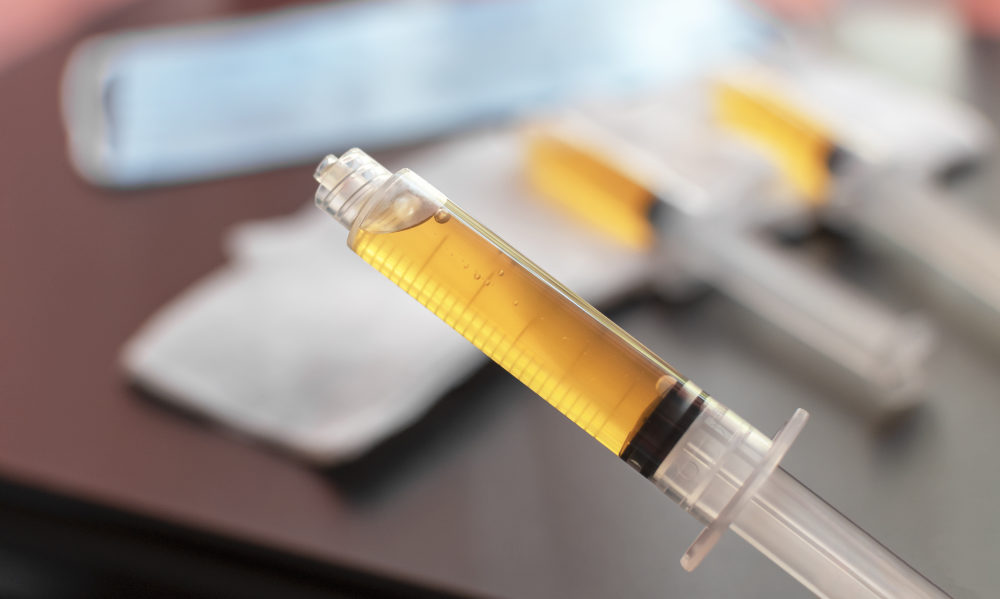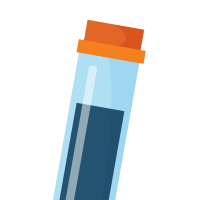PRP, Platelet Rich Plasma, is a well-established procedure used extensively across the world. It is used both medically and cosmetically to deliver huge healing potential to target areas.
It is popular for a number of reasons, including its efficacy, ease of use and the fact it’s natural.
There are a multitude of other benefits too and we’ll get to those in a little while.
If you’re considering PRP treatment and want to know more, you’re in the right place.
We are going to outline what PRP treatments are, how they can help and the benefits of having treatment.
What are PRP treatments?
PRP, Platelet Rich Plasma, has been around for a number of years and is regarded as a very effective option for treating common conditions.
The treatment uses your own blood to target problem areas, which is one of the reasons it’s so popular.
It requires no surgery or invasive procedures, no chemicals or medications and requires no recovery time either.
PRP treatments can be used to treat sports injuries, tendon, ligament and muscle injuries and osteoarthritis.
They can also be used cosmetically to tackle wrinkles, fine lines, sagging skin, hyperpigmentation, hair loss, alopecia and a number of other hair and skin conditions.
Sports injuries, tendon, ligament and muscle injuries
PRP treatment is used for a range of injuries and conditions affecting the muscles and joints.
Conditions such as tennis elbow can benefit from PRP treatments. It can speed up the healing process and shorten recovery time significantly.
Osteoarthritis
Osteoarthritis can also benefit from PRP treatment. Studies are still ongoing but joint stiffness and discomfort show signs of being alleviated by regular PRP injections.
Hair loss
PRP treatment is popular for tackling hair loss. It can be used to address hair loss, hair thinning, stress-related hair loss, genetic hair loss, alopecia and other hair conditions.
The healing power of PRP can help stimulate the regrowth of hair follicles, which can help address the condition.
Skin rejuvenation
That same healing potential can also help encourage the skin to rejuvenate. The PRP solution encourages the production of collagen and elastin, two essential ingredients for healthy skin.
PRP is a popular treatment used to tackle the signs of ageing, reduce sagging skin or even skin colour or skin tone.
Post-surgery recovery
PRP treatments can also be used for post-surgery recovery. It can help speed up cell regeneration and generally reduce recovery times for a number of surgeries.
They include plastic surgery, some reconstructive surgeries, muscle, tendon or ligament surgery.
How do PRP treatments work?
PRP treatments are very straightforward to prepare and administer.
First, we make you comfortable and then draw a small amount of blood, like a blood test.
We’ll place the blood into a medical centrifuge and spin it at high speed to separate the blood into its constituent parts.
We will then draw the blood plasma and mix it with a perfectly safe acid citrate dextrose coagulant so we can administer it without clotting.
We’ll apply the solution to the affected area using a microneedler device. This is a hand device with tiny needles that can deliver the PRP solution under the skin with minimal discomfort.
Once administered, we will apply a red LED light into the treated area. This light can help minimize the chances of infection and minimize any redness.
That’s all there is to it.
Appointments last less than an hour and will typically have zero side effects or display any signs you had anything done.
Occasionally there may be mild redness or tingling at the treatment site, but this passes quickly and without intervention.
Is PRP safe?
Yes, PRP is very safe. As it uses your own blood as part of the treatment, there’s almost zero risk of rejection or complications.
As long as you have treatment in a controlled environment and it is administered by fully trained experts, there is almost no risk at all.
As you now know, the PRP solution is made up purely of your own blood. We add the anticoagulant to keep the blood liquid so we can administer it.
Aside from that, there are no additives, chemicals or anything added to the solution.
In extremely rare circumstances, you may experience discomfort at the injection site, infection, nerve damage or tissue damage.
This is from the injection itself rather than the PRP solution. Most of these can be avoided by using specially trained staff and the specialized microneedler.
How long does it take to recover from a PRP treatment?
One of the key benefits of PRP treatments is the need for little or no recovery time.
Depending on the specific treatment, recovery could be as short as a couple of days (for sports injuries or medical uses of PRP).
Many cosmetic uses of PRP require no recovery time at all.
There may occasionally be tingling or redness at the injection site, but that doesn’t always happen.
You will need to keep the treated area out of direct sunlight for a day or two and keep the area moisturized, but otherwise, there is very little recovery needed.
After a treatment, we will typically recommend a few self-care steps to give the treated area a chance to recover.
For example, for skin rejuvenation, we would recommend staying out of direct sunlight for 48-72 hours after treatment and using a natural moisturizer to help the skin recover.
For muscle treatments, we would recommend icing the treated area every couple of hours during the day for up to 72 hours.
If you experience tingling or discomfort, which is rare, we would recommend over the counter pain medication until the discomfort passes.
The exact post-recovery routine differs depending on the treatment. We would go into a lot more detail with you at a consultation.
How long do the effects of PRP last?
The effects of PRP treatments can vary between recipients. As you can imagine, everyone is different and will heal and regenerate at different rates.
PRP is also cumulative so you won’t always see amazing results right away.
On average, recipients begin seeing positive changes within 4-6 weeks. Once momentum builds, those positive effects can remain in evidence for up to 18 months.
Once the course of PRP treatment is complete, we will often recommend top-ups every few months to maintain the outcome.
The specifics differ depending on your age, health, nutrition, lifestyle and genetics so it’s impossible to be more specific without a consultation.
PRP treatments in Australia
As you can see, there are many benefits to PRP treatments.
It’s natural and uses your own blood as the treatment. It’s quick and relatively painless and requires little or no recovery.
PRP is also non-invasive, requires no surgery, no fillers or chemicals and no medication.
It can also be used in a multitude of situations, by almost anyone.
No wonder it’s such a popular treatment!
Contact Hair and Skin Science to learn more!



